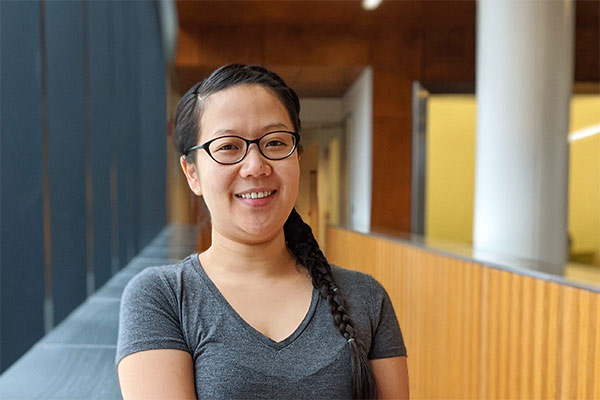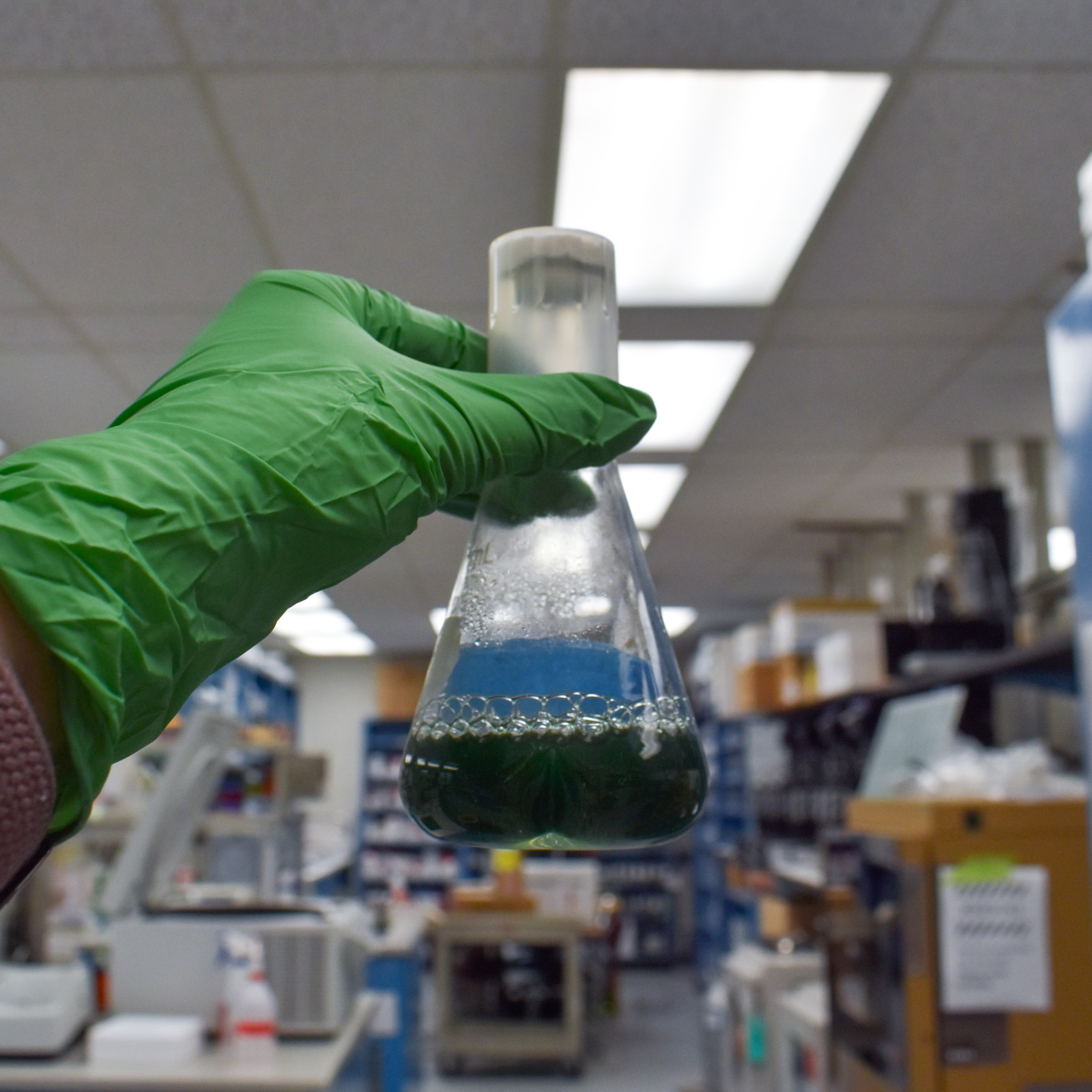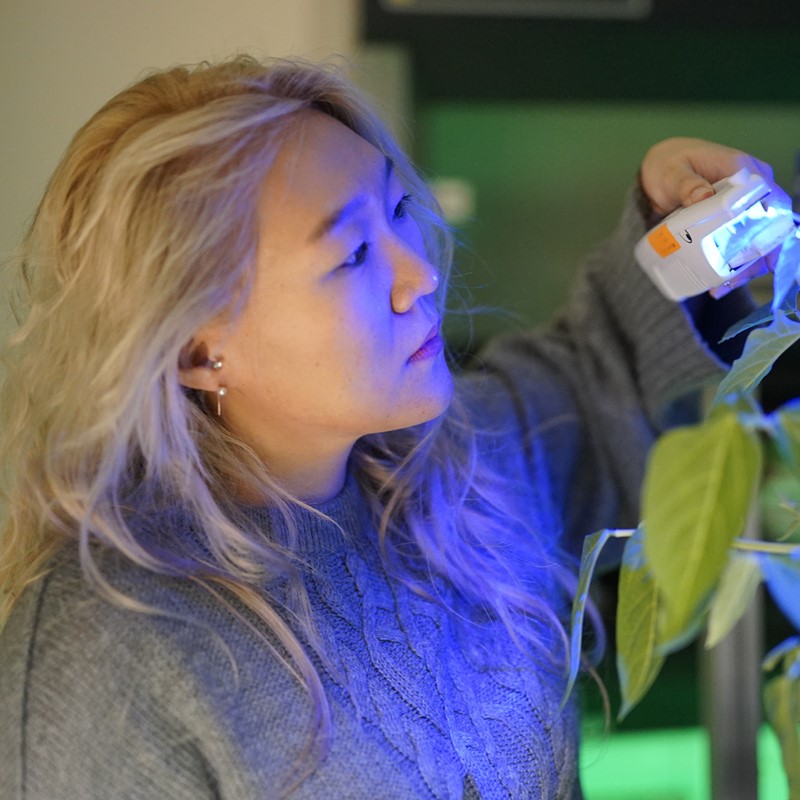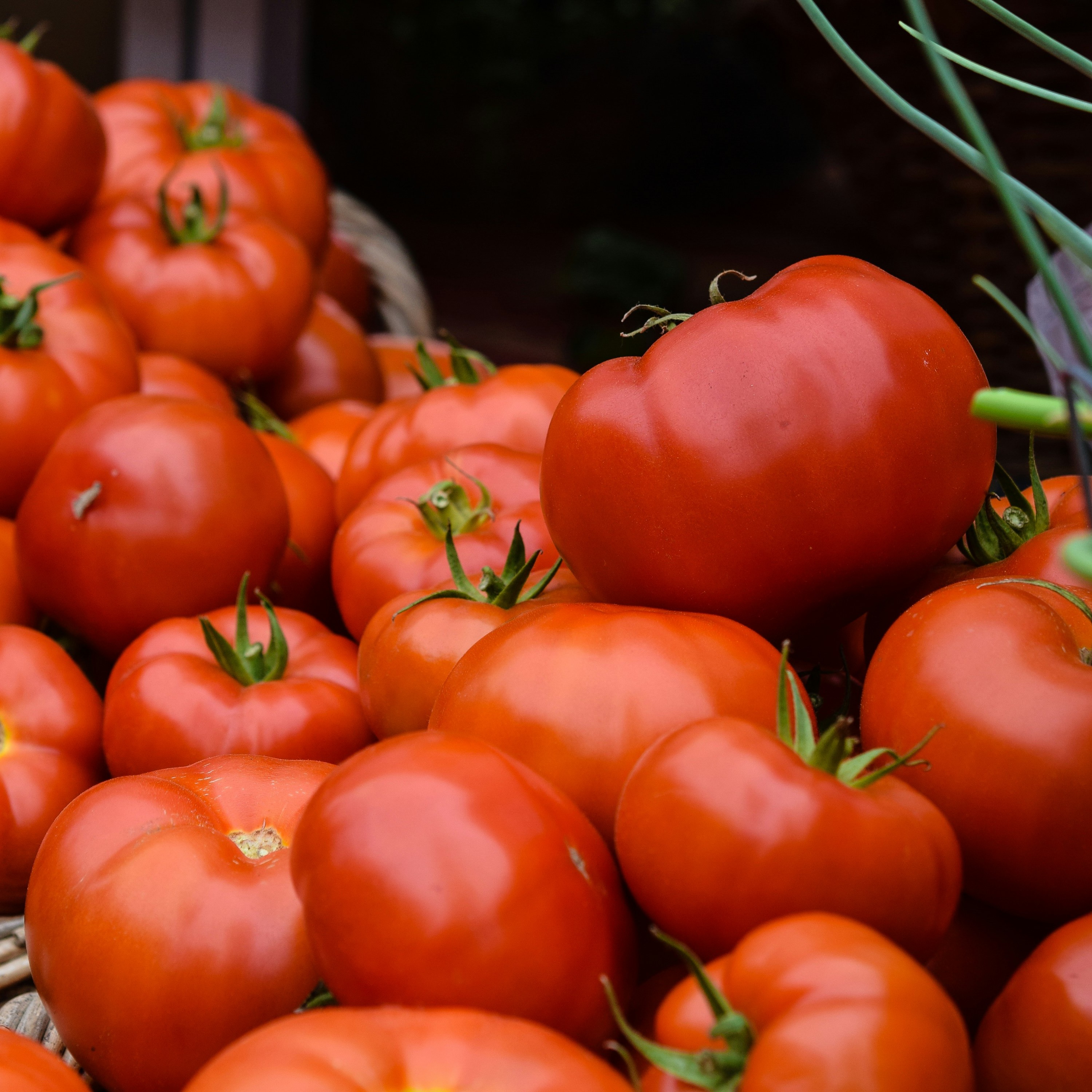A protein lulls algae to 'sleep', and what that means for making green fuels
Algae have the potential to become a sustainable source of high value biofuels and oils. A big hurdle that holds us back from mass producing algae feedstocks is that they make more oil when stressed out, like during starvation.
When stressed, algae need to save energy. They go into a resting state, or ‘hibernation’, and stop growth and cell division functions. They store energy reserves in the form of starch and triacylglycerols (TAGs), and TAGs are the raw material for biofuels.
When the stress passes, the algae get out of hibernation. They consume their energy reserves so that they can resume cell growth and division.
The dilemma for making biofuels is this: stressed algae make more TAG but grow poorly. Unstressed algae don’t produce enough of it. The economics don’t add up, one way or the other. Understanding how stress controls hibernation cycles would help us develop new ways to overcome the dilemma.
The lab of Christoph Benning at the MSU-DOE Plant Research Laboratory is trying to understand the biological reasons behind this dilemma. In their latest study, they look at a protein that helps the algae manage hibernation. The study is published in The Plant Cell.
A glimpse into algal hibernation
The team is studying a mutant algal strain that degrades TAGs, slower than usual, as algae try to exit from hibernation. Somehow, the algal mutant does not manage the hibernation process in a normal way.

By MSU-DOE Plant Research Laboratory, 2020
The responsible protein, missing due to the mutation, is called Compromised Hydrolysis of Triacylglycerols 7 (CHT7). It is part of a system that helps algae enter hibernation or wake up from it.
“When we remove CHT7 from algal cells, the cells can’t go into hibernation properly. They can’t resume normal cell division during the exit from hibernation,” says Tomomi Takeuchi, a recent graduate from the Benning lab. “CHT7 itself doesn’t generate the energy reserves, including TAG.”
There mutant cells suffer other problems:
- They can't stop their cell cycle genes during hibernation. They keep growing and are bigger than usual, and many cells die. In comparison, normal cells stop growth once they enter hibernation.
- They continue dividing during hibernation, even when they shouldn’t. Their offspring are not equally sized and have disorganized organelles. The situation is like out of control human cancer cells that keep dividing when they shouldn’t, hence forming tumors.
- They are slower to resume growth functions when they try to exit hibernation.
Tomomi says that these are extreme, damaging changes to the algal cell.
And there is mounting evidence that CHT7 doesn’t work alone.
“We think it is part of a bigger protein complex that controls hibernation. We need to examine how CHT7 integrates into and works with the larger complex,” Tomomi says.
They started by chopping CHT7 into smaller parts and reinserting these into the mutant to see which parts reverse the defects. This helped zoom into the parts that are critical for hibernation and might interact with other proteins. The next step will be to examine the other proteins in the complex.
Richard Cyr, the grant program manager at the National Science Foundation remarks, “Production of biofuels from higher plants suffers from two drawbacks: a significant period of growth is required before seeds can be harvested, and specific types of farmland are required for optimal production.”
“Algae promise the production of biofuel precursors throughout their growth and can be cultured in ponds, ditches, and bioreactors. Before the promise of algae for biofuel production is realized, several hurdles need to be overcome. This work provides a significant advance by which biofuels precursors might be produced.”
“This paper represents a deep dive into the inner workings of an important cellular process. It was beautifully choreographed and drafted by Tomomi Takeuchi as part of her recently defended PhD thesis,” says Dr. Christoph Benning, her PhD supervisor. “Credit also goes also to the other students involved and Professor Emerita, Barb B. Sears, who’s expertise on the algal organism has been invaluable.”
By Igor Houwat, Tomomi Takeuchi; Banner image of mutated algal cells by Tomomi Takeuchi



